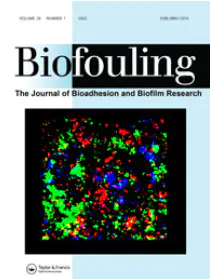Body condition and energy content of the shore crab Carcinus maenas L. in a temperate coastal system: the cost of barnacle epibiosis

Abstract
The impact of barnacle epibionts on the condition of the shore crab Carcinus maenas was studied for the western Wadden Sea population. Approximately 39% of the crabs were fouled with the barnacle Balanus crenatus. Although the morphological Fulton’s K condition decreased by 5.8% in fouled crabs, Linear Mixed-Effects Models (LMM) showed that only the energetic condition of the crabs was significantly affected by fouling. The energy density of fouled crabs was consistently poorer (4.1% in AFDW; 8.7% in dry weight) than that of non-fouled crabs, especially in females and green forms in dry weight (12.8% and 11.4% reduction, respectively). Cumulative infection with Sacculina carcini, detected in 4.5% of the fouled crabs, additionally reduced by 14.3% the energy density in dry weight and almost to half of the total energy of the fouled crabs. Impacts of energy density reduction on crabs’ growth and reproduction are discussed.